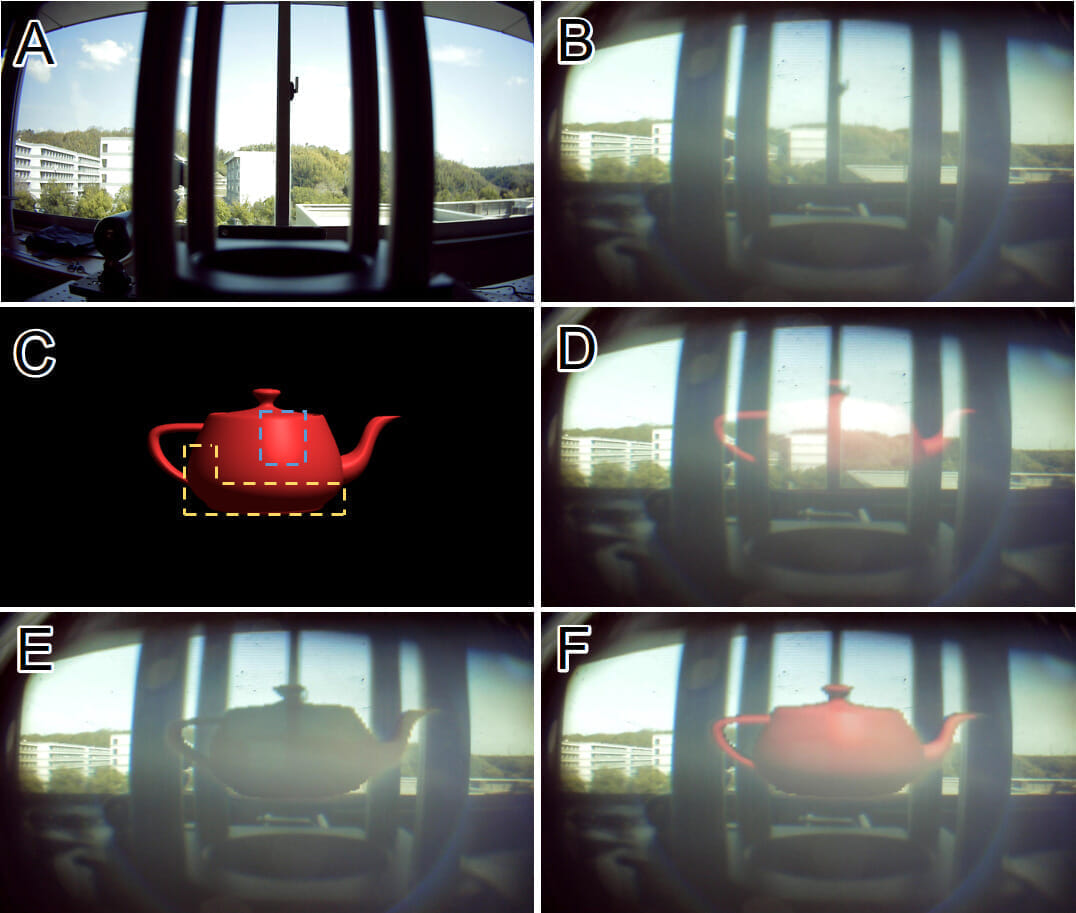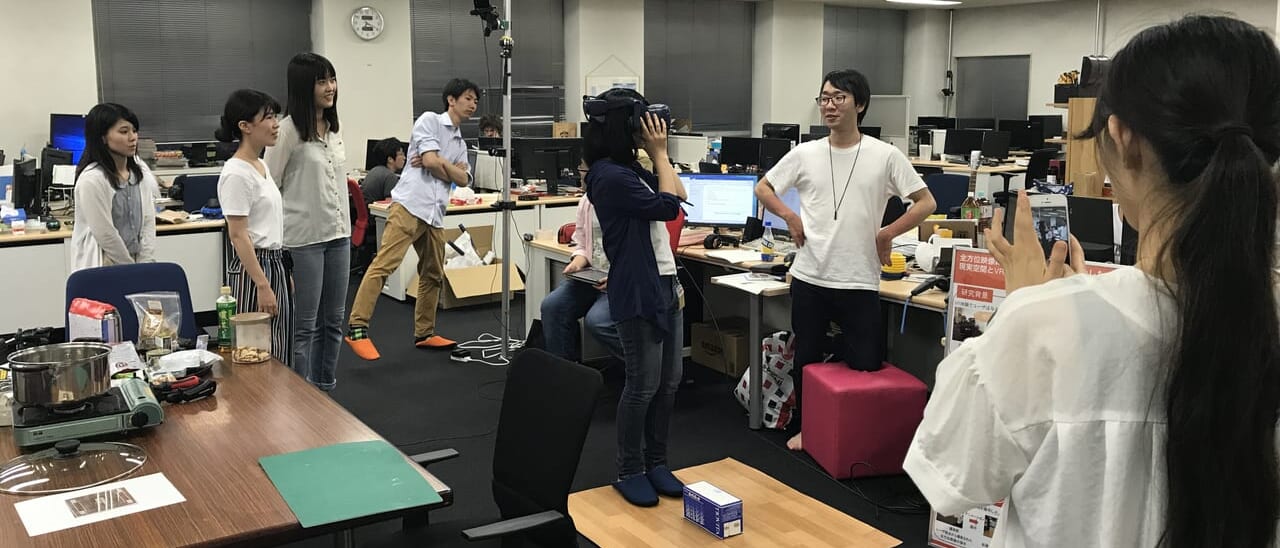Our D3 student Zhang Yan’s paper has been accepted to Optics Letters. His paper reports on a novel optical see-through wide field-of-view (approximately 100 degrees horizontal) AR displays that are capable of hard-edge occlusion by using paired conical reflectors and an LCoS. This is a collaborative research project with the University of Arizona.
https://doi.org/10.1364/OL.428714
(The paper PDF is open access)
- Yan Zhang, Xiaodan Hu, Kiyoshi Kiyokawa, Naoya Isoyama, Nobuchika Sakata, and Hong Hua,
“Optical See-through Augmented Reality Displays with Wide Field of View and Hard-edge Occlusion by Using Paired Conical Reflectors”, Optics Letters, Vol. 46, Issue 17, pp. 4208-4211 (2021). - Abstract:
Optical see-through head-mounted displays (OSTHMDs) are actively developed in recent years. An appropriate method for mutual occlusion is essential to provide a decent user experience in many application scenarios of augmented reality (AR). However, existing mutual occlusion methods fail to work well with a large field of view (FOV). In this paper, we propose a double-parabolic-mirror (DPM) structure that renders hard-edge occlusion within a wide FOV. The parabolic mirror increases the numerical aperture of the system significantly, and the usage of paired parabolic mirrors eliminates most optical aberrations. A liquid crystal on silicon (LCoS) device is introduced as the spatial light modulator (SLM) for imaging a bright see-through view and rendering sharp occlusion patterns. A loop structure is built to eliminate vertical parallax. The system is designed to obtain a maximum monocular FOV of H114° x V95° with hard-edge occlusion and a FOV of H83.5° x V53.1° is demonstrated with our benchtop prototype.

(A) The real scene directly recorded by the camera at the entrance pupil. (B) The see-through view recorded through the prototype. (C) A target image (a red teapot). The bright spot by specular lighting and the dark surface by diffuse lighting is bounded with blue and yellow dot-lines, respectively. (D) The virtual content displayed without occlusion. (E) A sharp occlusion pattern produced by the LCoS. (F) The virtual content displayed with occlusion. The teapot becomes more visible and realistic.
